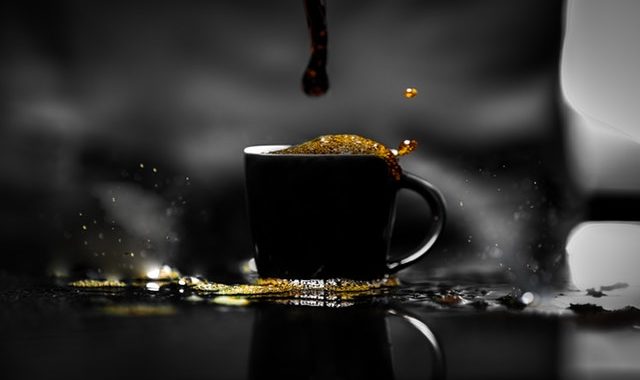The first teaching was given to Buddhist monks in a formal class setting. The second teaching was given during a relaxed period.
By Khenpo Tashi
First Teaching
When we study the “selflessness of the self” (Tibetan: gan zak gyi dag med), we will need to discuss about the five aggregates of the beings of this Desire Realm, or dod kham.
For us dod kham pa (beings of the Desire Realm), we have a special attachment to ‘form’. Another word for form is ‘physical body’. Almost all of our life activities are done for this body – eating, sleeping, exercising, cleaning this body, eating medicine, massaging and so on.
We, dod kham pa, have a strong attachment to form.
It is the same for ants (who are also beings of this Desire Realm). When an ant goes hungry, it MUST eat. It cannot say, “This is just hunger that I am feeling. I can ignore it.” The ant will do all it can to eat, to ease this hunger. This hunger, thirst, the need to bathe, the need to recover from sickness, these are continuously and immediately there with us, dod kham pa.
So, let us discuss this human body, or this human life. It is composed of the five aggregates – form, feelings, thoughts, formations and consciousnesses.
(‘Form’ is the physical body. ‘Feelings’ we know as pleasurable, painful and normal. ‘Thoughts’ are the arising mental thoughts and perceptions. ‘Formations’ has more to do with formative aspects, including the accumulated past Karma of ours. ‘Consciousnesses’ are the five consciousnesses of sight, hearing, smelling, tasting and sensing (skin)).
These are explained in detail in the Abhidharma. The Abhidharma contains very detailed explanations of each of these aggregates.
So, as we said, among these five aggregates, form is something that binds us very strongly. This means that we have very strong attachments to our physical body. We identify with it a lot! Just like the ant, or a dog, when we humans are hungry, we feel sad and troubled. When we have a headache, our minds immediately become down and gloomy.
Because of the strong attachment to form.
In other words, we rarely question this physical body that we have and the many sensations that it gives us.
When we study chak pa in Buddhist philosophy (in English, roughly translated as “attachment”), it is a very deep and big subject to discuss. The Dharma states that this physical body of ours is simply a product of our past Karmas and attachments to form. This body is simply one of the five impure aggregates due to our Karma. When we hear this, this truth is difficult for us to accept! Because of this chak pa, the attachment, or dak-zin, self-grasping.
(Long pause for reflection)
We will normally say, “No. This is my real body. This is my real hunger. My pleasure. My pain.”
However, once we die, we cast this body aside in the cemetery. The body is now a corpse. It will rot and slowly decay, and so on.
Is the chak pa still found in that physical corpse? No. Is it gone? No. Where is the chak pa? The dak-zin? The attachment to form, or the self-grasping, stays in the consciousness.
So, this means that that body is not really ours, or “I” or “mine”. It is an illusion to think that this body is permanently ours, due to our very long habituation with attachment to physical form. In short, we are so used to being attached to physical form.
In this way, when we study and meditate on the ‘selflessness of the person’ as discussed in the deep Buddhist philosophies like Abhidharma, we must slowly see:
- our strong attachment to our form,
- that we wrongly identify our “I” to this body
- In reality, one’s attachment to form and the five aggregates is found in one’s consciousness
Second Teaching
Please take care of your body. Please don’t act careless. We need this body to be healthy, to have a stable life. To be able to think well. To move, and to do things. How can we study the Dharma if our body is weak and sickly? How can we practice?
Please take good care of the body. Eat healthy food. Exercise. Eat whatever appropriate medicine this body needs when it is sick. We can take care of this body without increasing our attachment to it. That is possible.
We are not like the past practitioners. Our level of realization is not like theirs. So, we cannot just ignore this body’s needs. We need to take good care of this body. So, we can study and practice the Dharma well.
Actually, in the higher teachings, it says that this body is crucial to attain Enlightenment. In the Tantras, it states that the 100 peaceful and wrathful deities are found within this body. Therefore, this body is important. It must be respected.
